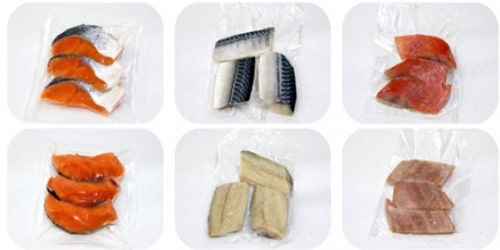Year after year, fish consumption in our country decreases. Among the reasons is the difficulty when preparing recipes or the presence of thorns, which makes children and adults have difficulty swallowing. We discover which are the best boneless fish on the market.
According to the Food Consumption Report of the Ministry of Consumer Affairs, the consumption of fresh fish decreased by 16.9% in 2022. Although there are several reasons, such as inflation or lack of time when preparing quick and simple recipes, one factor stands out. important: the presence (or not) of thorns. Thus, children, the elderly, and people with swallowing problems opt for alternatives that are practically free of thorns.
Its absence simplifies the preparation of recipes since, when cooking, it is not necessary to carry out the de-bone process. Plus, preparing boneless fish fillets is faster and less delicate, meaning anyone, even the least experienced cooks, can handle them with confidence.
The 11 best boneless fish
A tour of the fishmonger takes us to such popular and well-known products as hake, salmon or rooster. Soft and flavorful fish where you can enjoy a culinary experience without setbacks.
Tuna
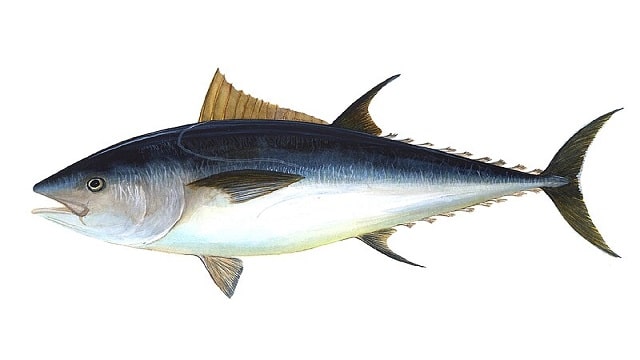
One of the most consumed fish on the entire planet. Tuna, belonging to the Scombridae family, has versatility in cooking that comes from offering quality lean cuts, with hardly any fat and full of flavor. That is why it is one of the most consumed fish in Asian recipes, such as sushi. This pelagic stands out for not having visible bones, which also makes it one of the most commonly consumed canned fish.
Cod
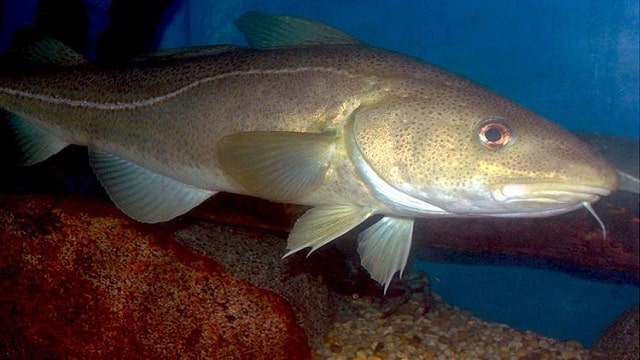
Cod is a white fish that is consumed fresh or salted and belongs to the Gadidae family. With a great tradition in Spanish gastronomy, cod has a very mild flavor and a firm texture with hardly any small bones and some larger ones that are easy to remove. Its consumption is widespread among elderly people due to its easy swallowing.
Pretty
It is included in the tuna family, the Scombridae family, and offers a more intense flavor and more personality than this one. Like tuna, it barely has visible bones, which makes its consumption skyrocket in a multitude of recipes, especially from northern Spain. It is a fundamental part of the Basque or Asturian recipes and, although its price may be higher than that of other boneless fish, it can be considered a gourmet product.
Hake
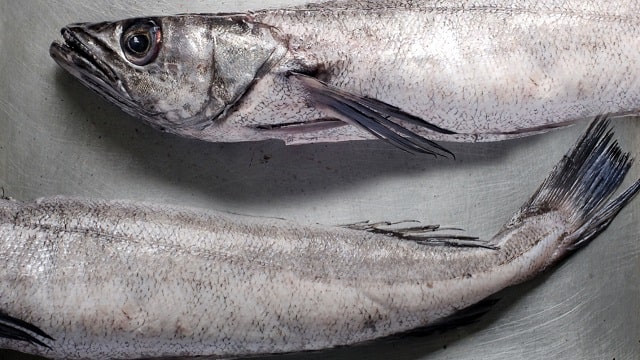
Another fish with hardly any visible or easy-to-remove bones is the hake. Hake, part of the Merlucciidae family, is a versatile white fish that is considered a great gastronomic classic of Spanish gastronomy as it can be consumed safely and offers hundreds of preparations. Its meat is lean, soft, and whitish in color and its price is relatively cheap compared to other fish, such as cod or bonito.
Monkfish
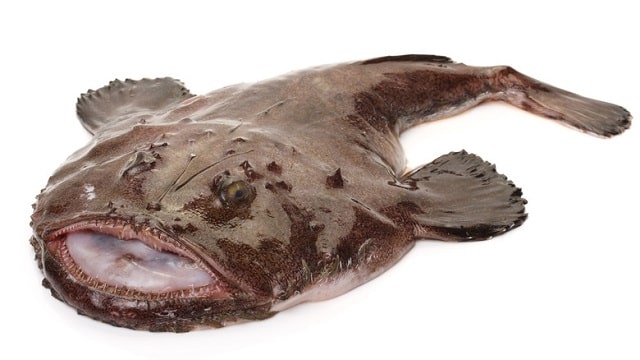
Monkfish, belonging to the Lotidae family, is a deep-sea fish known for its firm flesh and delicate flavor. A regular at Christmas, it is a perfect alternative for those who want to enjoy a dinner without complications. Its versatility and ease in cooking come thanks to the minimal presence of bones, offering a meaty texture and full of flavor.
Salmon
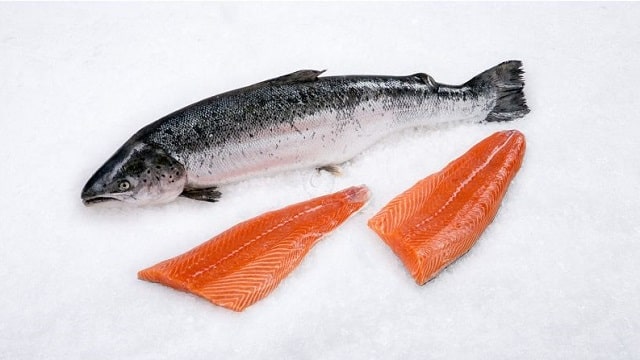
Salmon, from the Salmonidae family, are a popular fish with fatty, flavorful meat. While it is true that salmon consumption has skyrocketed in recent years, this may be due to the ease in preparing salmon fillets, a product that we find without much problem on supermarket shelves, completely clean and boneless. A type of fish that also has a high protein value, which makes it ideal for diets of older people—who need a greater protein intake for adequate muscle maintenance—or for protein-rich diets in sports. . Ready in minutes, salmon fillets offer a healthy, delicious, and lean alternative.
Red mullet

Mullet, from the family Mullidae, are small, tasty fish common in Mediterranean cuisine. Its meat is tasty and very meaty, with a slight fatty touch that makes it ideal for stews. The absence of bones makes it one of the most common fish in stews in Spanish recipes. Its ease when cutting it into squares or small pieces allows you to extract all the juice from this small fish at a very affordable price.
Rooster
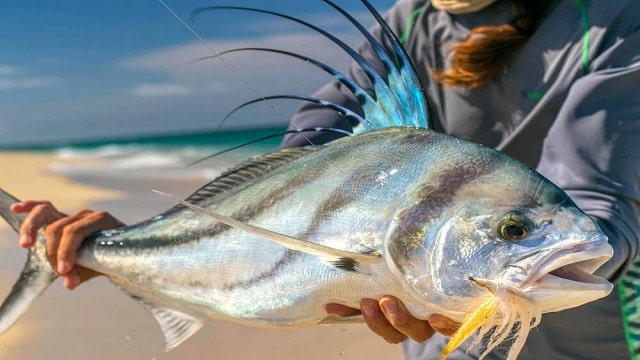
The rooster, a member of the Bothidae family, is a firm-fleshed white fish. It is one of the first fish we become familiar with when we are little. The rooster has firm, very soft meat with a very delicate flavor. It is quite versatile between stoves, with alternatives that go beyond grilled rooster, such as stews or grilled. It is a very affordable fish and easy to find in fishmongers all year round, making it the perfect alternative for those looking for bone-free fish, easy to prepare, and affordable.
Anchovy
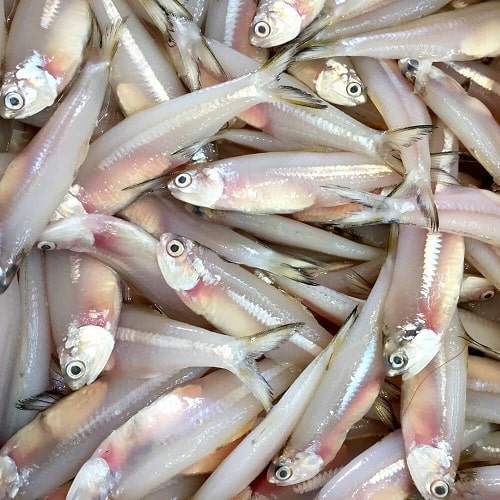
Anchovies, from the Engraulidae family, are small fish with an intense, salty flavor. In this case, the consumption of anchovy comes through canned food. A classic with a very characteristic flavor and smell that allows consumption like this thanks to the practical absence of thorns. While it is true that the work of removing bones from this small fish can be somewhat arduous despite the small amount of bones it has, the flavor that anchovies offer is worth it. Intense and basic in Spanish tapas, anchovy is one of the fish that is least thought of (if we talk about fresh consumption) when we talk about boneless fish.
Halibut
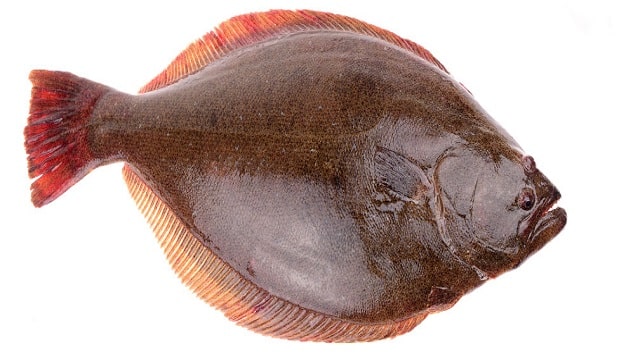
The halibut, scientifically known as Hippoglossus Hippoglossus, is a flatfish that belongs to the halibut family. It is a fish found in the cold waters of the North Atlantic. Halibut is a fish that stands out for its firm and soft meat without the presence of large bones. Unlike other fish that may require careful deboning before preparation, halibut is presented as a simple option, full of flavor and uncomplicated.
Pangas Fish
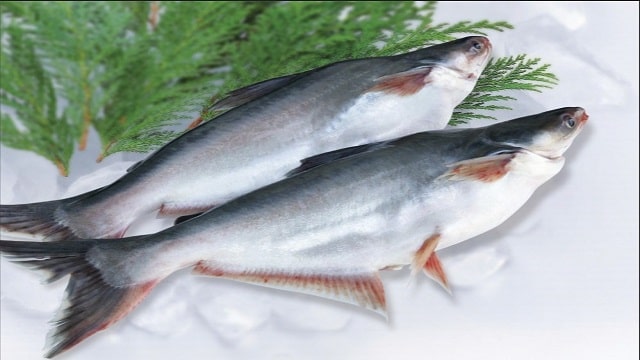
The pangasius belongs to the Pangasiidae family and is native to the rivers and deltas of Asia, particularly the Mekong River. It is a freshwater fish that is raised in aquaculture in many countries, making it an accessible option for fish lovers around the world. Its flesh is white and soft, with a mild flavor that makes it ideal for a variety of culinary preparations.
What is the best boneless fish for children?
Any of the aforementioned fish is perfect for children, since they have high-quality nutritional parameters, do not have bones—which makes them safe—and offer incredible versatility between the stoves.
To highlight some of the most consumed, we could indicate that hake has a mild flavor that is maintained in preparations as simple as steamed or cooked, which makes it perfect for softening its firm meat. Likewise, pangasius fillets are an economical alternative to other higher-priced fish. Salmon, without a doubt, is one of the best fish for children since the fillets are tasty, and very meaty, with an important contribution of protein and a high concentration of Omega-3.
The best boneless fish recipes
All the fish mentioned offer hundreds of alternatives. We could highlight some, such as hake in green sauce or Roman-style hake —ideal for creating a habit of fish consumption in children. Cod, for its part, has recipes with its own name such as bacalao a la riojana , bacalao a la vizcania or bacalao al pil-pil .
If we want to enjoy monkfish, there is nothing like doing it with this delicious recipe for monkfish in tomato sauce; In the case of salmon, its versatility means that we can go from a novel smoked salmon, avocado, and egg sandwich, to a salmon poke bowl or a delicious salmon with cream.
